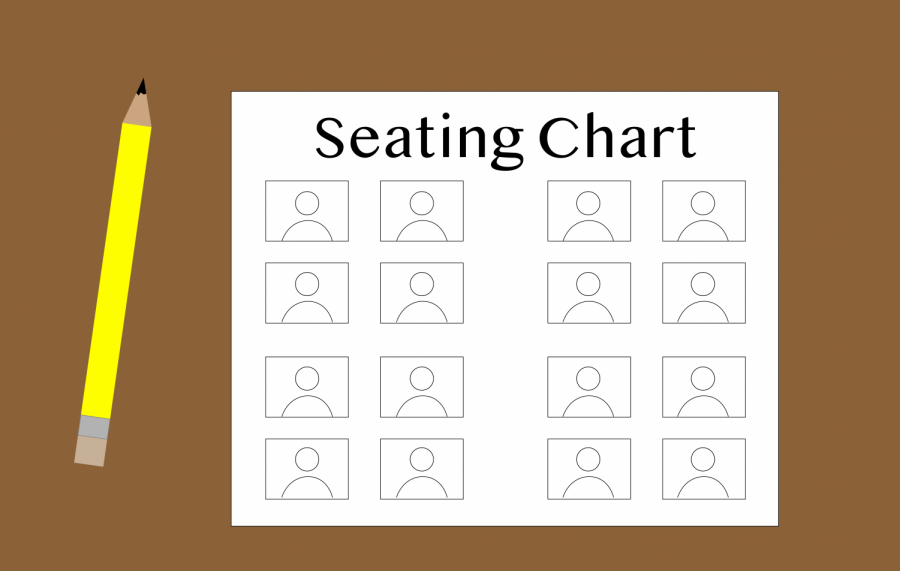Seating Charts: Why We Have Them
December 8, 2021
Assigned seating in the classroom can make or break a student’s mood, altering the course of their day. But it may come as a surprise to students that many teachers who use seating charts do so with good intentions.
“I use seating charts because I feel like a part of what’s important in English class is learning from others,” English teacher, Ms. Hightower stated. Beyond that, “some classes, without seating charts can’t actually get past the behavior part, to actually learning and engaging” she said. “I love the social aspect of English class. I love that people enjoy sitting by who they want to sit by. But I do think there’s a skill in being able to talk to people you don’t normally talk to. Especially about, you know, English,” Hightower explained.
Like English, a number of classes are largely based around class discussion, and because of this, the learning environment can be greatly impacted by where students are seated. Thus, without a seating arrangement a big aspect of these classes could be lost.
Mrs. Razor, a Math teacher, finds seating charts useful for a few of the same reasons, but mentions one in particular.
“Well, part of it is for COVID tracking, because if there’s an exposure then I need to know who sits around them,” Razor said. “Another reason I do seating charts is to try to mix groups of kids based on their personalities or strengths,” she stated.
But how do students feel about seating charts? That can vary from one experience to the next.
“My English table, I didn’t know any of the three girls I sat with at the beginning of the year. Now I love them all,” Sophomore, Kayla Drake said. On the negative side, she mentions a past experience. “One time in middle school, one of the kids I sat next to made me cry. They were making fun of me,” Drake recalled.
Sophomore, Jakob Kuehnen, gave credit to seating charts for the good that they can do.
“Without seating charts, when you choose your own seats, I feel like that oftentimes just turns into a bunch of different groups in the classroom that aren’t intertwined.” he explained. “I think seating charts can help mix them up,”.
In addition he offered an alternative that could help teachers and students get the best of both worlds.
“One alternative could be a lot of group activities where you get out of your seat and mix around with other people,” Kuehnen proposed. “Obviously that was hard to do last year when seating charts were important for contact tracing,” he admitted. As Razor mentioned, that is still an important factor this year.
Simply put, there will never be a perfect solution for all classes, but at least we’ll never end up in Mr. Cook’s ideal situation.
“They could sit outside, I could sit inside he said,” Cook joked.

